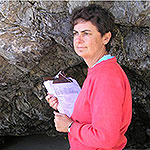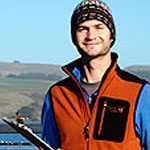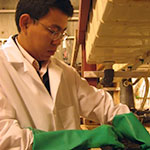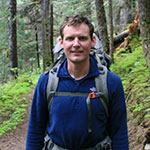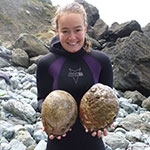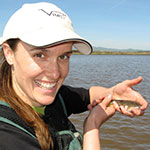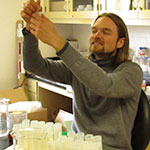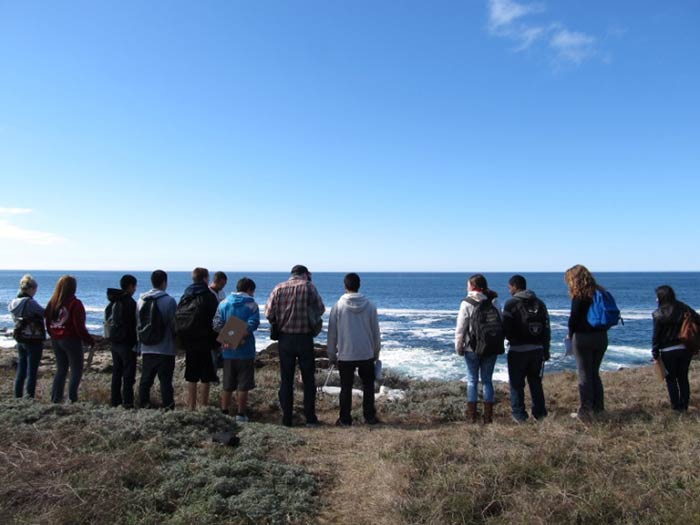
CAMEOS (Coastal, Ocean, Marine Environmental Observing Studies) students learn to think and work as scientists as they engage in authentic research experiences with graduate students and classroom teachers. Students observe intertidal animals, hike along creeks in coastal redwood forests, conduct guided experiments in the classroom, and explore their own questions and interests through scientific inquiry.
Working as a scientist, you ask and answer questions to understand the natural world.
Answering scientific questions requires many steps. Some of these steps you may anticipate. Other parts of the process, however, may take you to unexpected territory! You might find new field sites or new species, or discover you need to collect more data at low tide or wait longer than expected for your experimental seeds to germinate. You will likely end up with more questions that take you back to the forest, the beach, or the lab.
This dynamic process of exploration and discovery makes science exciting. Everyone’s journey through the scientific process is different.
Scientific Process Mapping Program
The Scientific Process Mapping Program provides an interactive version of the scientific process flowchart developed by the Understanding Science Project at the UC Museum of Paleontology. The flowchart (see image below) was developed in collaboration with a diverse group of scientists and teachers to reflect the complex, iterative nature of the scientific process. Users click the flowchart components to draw arrows to record their research experiences.
Documenting the scientific process enables students to assess their progress towards research goals, and helps instructors monitor student learning.
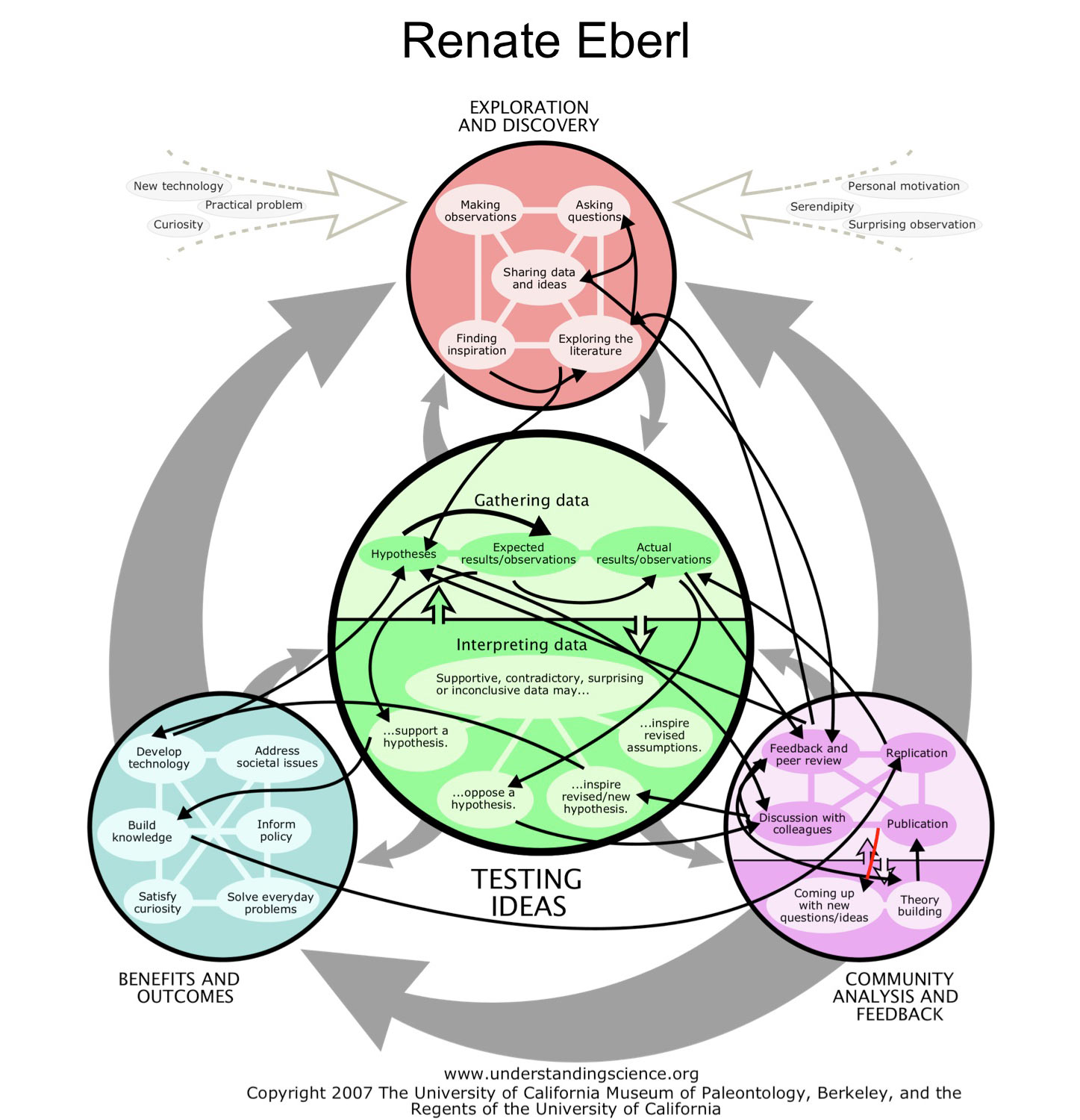
Please click on the photos below to see maps of real journeys through the scientific process.
Understanding Science was funded by the National Science Foundation Grant No. EAR-0624436 to the University of California Museum of Paleontology. The scientific process mapping computer program is based upon work supported by the National Science Foundation Graduate STEM Fellows in K-12 Education Fellowship Program under DGE Grant No. 0841297 to S.L. Williams and B. Ludaescher. Any opinions, findings and conclusions or recommendations expressed in this material are those of the author(s) and do not necessarily reflect the views of the National Science Foundation (NSF).

